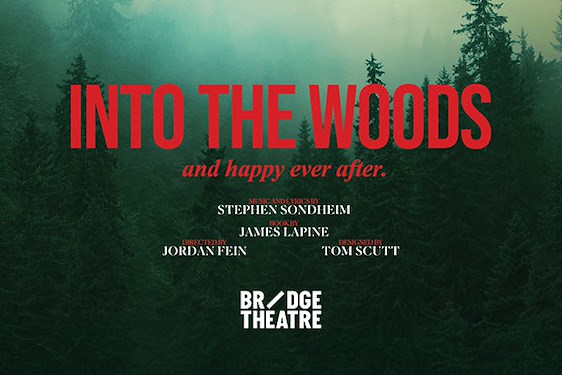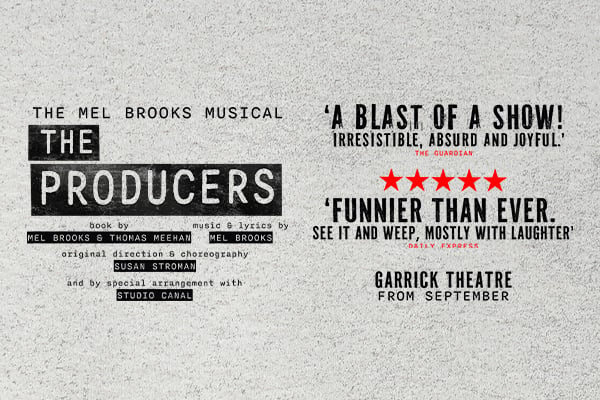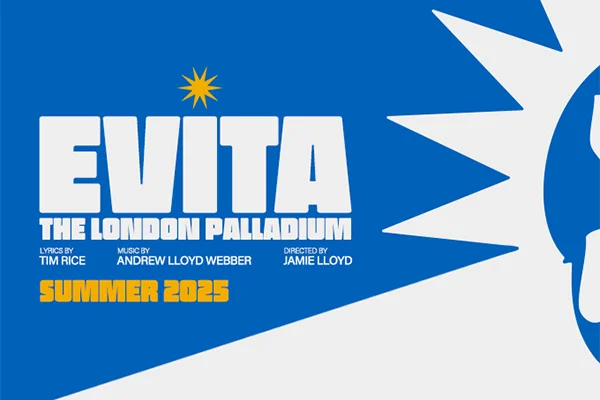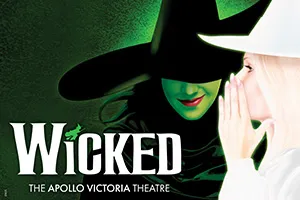If you have ever wondered how contemporary dance choreography is created (as opposed to classical ballet) this fascinating show, CoisCéim Dance Theatre’s Body Language directed by David Bolger with photography and video by Christopher Ash, will demystify it for you. Since contemporary dance terrifies so many people, its mention resulting in a grimace or step backwards, it is wonderful to find a company dedicated to opening up its not so arcane mysteries since, as it turns out, ‘writing with the body’, an emotional language, is in fact instinctive to us all. To make it even more fun, each performance is unique, created in real time and so the choreography I describe here will not be exactly what you will see.
Contemporary dance terrifies so many people, its mention resulting in a grimace or step backwards.
At the start a hundred or so still digital photos of a young girl are projected onto three walls of the stage from floor to ceiling. Two video screens either side of the stage play the video they are taken from. However, just when you have absorbed these they disappear. A different girl is brought on stage. This will be a local chosen from a Facebook call-out, not a member of the company so that this will be a new, fresh encounter. Eventually the walls fill up as the photographer takes photos of her: close-ups or different parts of her body as she makes gestures. This goes on rather too long but it’s worth being patient since the results become intriguing.
Once the dancers enter and react to both the girl and the photos, one can see how each dancer chooses an image that appeals to them. There are no rules, David Bolger told me, only that they must not repeat what they did in a previous show, nor be ‘performative’. The task is to react with the limbic brain (the emotional brain) spontaneously. The dancers are intensely aware of each other, just as we instinctively avoid bumping into someone in the street and one can see echoes as one dancer takes up the gesture of another or invents something new, taking the original shape and turning it into something else: open wide arms with neck back so it becomes an ecstatic pose or by contrast folding into a crouch. Some moves seem to have nothing to do with the images on the wall and come from the dancer’s own life history, maybe an unconscious family gesture or expressive of a personal psychological issue. One begins to understand the emotional ‘body language’ of dance is not so different to the body language we all read every day.
Solos become duets, then trios and a quartet all recorded on the video screen and at one point camera trickery creates thousands of mirror images receding into infinity. It is easy to see how a choreographer might fill a stage with a vast cast of dancers or else cherry-pick the most interesting moves to create a fixed piece of choregraphy later. But for now, paired with the atmospheric soundscape composed by Michael Fleming, this fluid show is a show in itself which may well open your eyes.


















